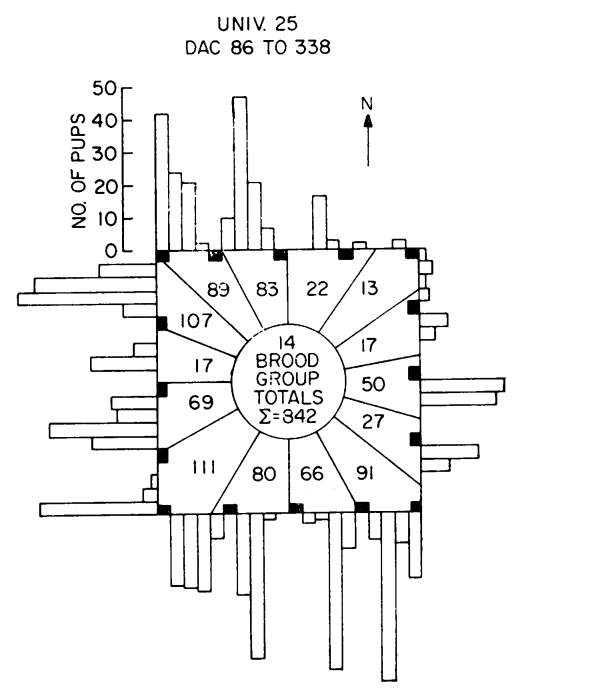

Something similar is routinely done among laboratory mice - which are selectively bred using only the healthiest specimens - the sick and unfit mice being eliminated (usually killed, but at any rate not bred-from) with each generation. Thus mutation selection balance is in operation among wild mice, with very high mortality rates continually weeding-out the high rate of spontaneously-occurring new mutations (especially among males) - with typically only a small and relatively mutation-free proportion of the (large numbers of) offspring surviving to reproduce and a minority of the most active and healthy (mutation free) males siring the bulk of each generation. Because wild mice are so short-lived, mice are not 'built to last' and have the reputation of being unusually-prone to produce new deleterious mutations (and are therefore extremely prone to cancer, and susceptible to carcinogens - which is why mice are used to test for carcinogens). The reason why mouse utopia might produce so rapid and extreme a mutation accumulation is that wild mice naturally suffer very high mortality rates from predation. So the bizarre behaviours seen especially in Phase D - such as the male 'beautiful ones' who appeared to be healthy and spent all their time self-grooming, but were actually inert, unresponsive, unintelligent and uninterested in reproduction - were plausibly maladaptive outcomes of a population sinking under the weight of mutations. Michael A Woodley suggests that what was going on was much more likely to be mutation accumulation with deleterious (but not-individually-fatal) mutated genes incrementally accumulating with each generation and generating a wide range of increasingly maladaptive behavioural pathologies this process rapidly overwhelming and destroying the population before any beneficial mutations could emerge to 'save' the colony from extinction. The suppression of breeding happened very quickly, and never recovered even after the population declined rapidly and crowding was reduced, and 3. The mouse population never actually became crowded, 2. But this seems, very obviously – I would have thought – an incorrect explanation because 1.
_000028.jpg)
The Mouse Utopia experiment is usually interpreted in terms of social stresses related to 'over-population' that crowding generated pathological behaviours and a loss of the will to reproduce. This was a very surprising outcome, biologically and implies that some very major factor about the basic requirements or behaviour of the mice was neglected.

The main fact about Mouse Utopia, was that despite everything possible being done to create ideal biological conditions the mouse colony rapidly declined and became entirely extinct. To summarise – when four breeding pairs of mice were allowed to reproduce under ideal ‘utopian’ conditions, the colony entirely ceased to breed after three years, and then went extinct. The last conception was about day 920, after which there were no more births, all females were menopausal, the colony aged and all of them died. Terminal Phase E - population declining to zero. Emergence of many pathological behaviours. Phase D - days 560-920 population stagnant with births just matching deaths. Phase C - from day 315-560 population growth abruptly slowed to a doubling time of 145 days. Phase B - up to day 315 - exponential population growth doubling every 55 days. Phase A - 104 days - establishment of the mice in their new environment, then the first litters were born. What happened was described by the author in terms of five phases: establishment, exponential growth, growth slowing, breeding ceases and population stagnant, population decline and extinction: The so-called ‘Mouse Utopia’ experiment was conducted from 1968 by John B Calhounįour healthy breeding pairs of mice were allowed to reproduce freely in a 'utopian' environment with ample food and water, no predators, no disease, comfortable temperature – a near as possible ideal conditions and space. Note: for convenience in referencing - this essay is cross-posted in a dedicated blog: A microcosm of what went wrong with the industrial revolution: Calhoun’s Mouse Utopia experiment


 0 kommentar(er)
0 kommentar(er)
